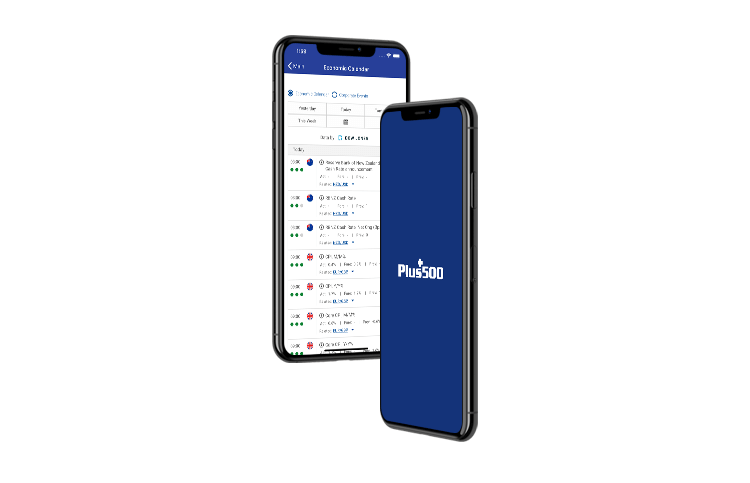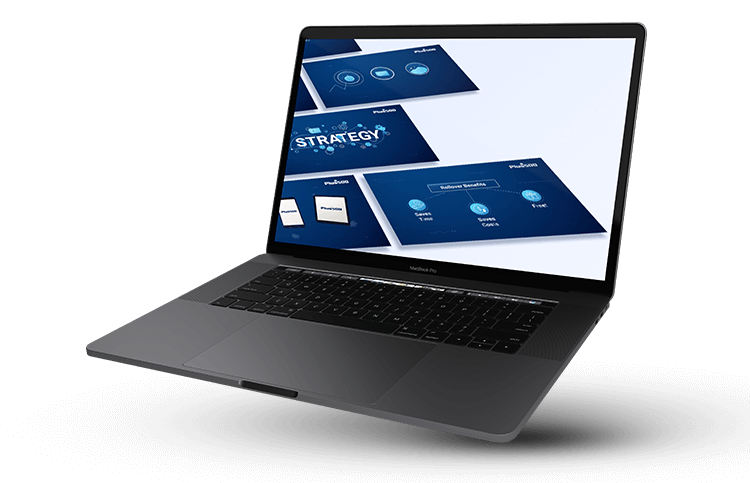Stock Market Trading Tips
Investing in the stock market can be challenging, but rewarding if you know what to do. There are some basic parameters you need to follow to avoid making detrimental decisions. Below are just a few steps that any trader should take before trading stocks. In order to minimize poor trading decisions and be more prepared and educated when it comes to the stock market.
Research the Product
One of the most important aspects when trading stocks, whether you are trading stocks CFDs or trading the underlying asset on the stock market, is to make sure you have done your homework. Some platforms offer economic calendars, trading platform indicators, and charting, which can all be used as aiding tools. All of these tools are provided on the Plus500 platform, where we offer trading on stock CFDs. You should also try to keep up to date with the latest news and trends before making any trading decisions through Plus500’s free News and Market Insights articles. Market sentiment can shift quickly, and being able to act on this shift takes perception and intuition. These skills can be developed by keeping up to date with current events and understanding how they impact markets.

Illustrative prices.
Different Order Types
Knowing the different order types is a crucial, and fundamental part of the trading process. For example, when trading CFDs on the Plus500 platform, there are various types of trading orders that can be placed, including market orders, future orders, (pending orders) and stop orders. When a trade is executed at “market order", it is executed at the current market price. You can also request to open a position when the instrument reaches a certain price, specified by you, which is known as future orders (pending orders).
In addition, you can choose to close your positions manually, or set stops so that the system will close them automatically with stop orders. If you set a limit stop (close at profit), your trade will close at the rate you specified, in order to help you lock profits. You can also set a stop loss (close at loss), in which you specify a closing rate, aiming to avoid further losses. Once the selected rate is reached or passed (as sometimes the price can ‘gap’ and move past the designated level), the stop will be triggered and the position will be automatically closed at the first available price. There is no guarantee a position with a set “close at loss” will close at the exact price level specified, due to slippage. The limit stop and the stop loss features are risk management tools that aim to lock your profit or limit your losses, and these are available for free on Plus500’s platform. A guaranteed stop order, on the other hand, guarantees the position will close at the exact selected rate, even if the market price varies. On the Plus500 platform, this feature is available for some instruments, and a fee is charged to place this order.
Timing is Key
Understanding the importance of timing is a key element to becoming a successful stock trader as timing is often of the essence when it comes to the market.
Traders should take the time to understand the fundamentals of the stock they would like to trade, as well as why markets move the way they do and what triggers such movements. Therefore, you should know when to enter a trade as well as when to exit your position. The timing of when to enter and leave your positions will depend on several factors, such as your general trading strategy, your risk-reward ratio, your tolerance to risk, the instrument’s volatility and any new developments in the particular stock. Traders can refer to Plus500’s free economic calendar tool at Plus500’s website in order to keep track of the financial events that can move the market. Additionally, they can set-up free trading alerts to stay updated on market movements.
Continue to Learn and Develop as a Trader
Traders should take advantage of the resources widely available before they start trading stocks.
You can also continue your development in trading by using our educational resources and free News and Market Insights articles. Plus500 offers a video guide, called “Trader’s Guide” on the website, which covers a variety of topics such as slippage, margin, CFD trading and more. Plus500 also offers a free e-Book on CFD trading. In conclusion, you should continue to utilise any resources you have available, no matter how long you have been trading.
Start Small
It is important to take your time and start small. Use Plus500’s free and unlimited demo account to test your strategies and get some experience using the platform, and only start trading with real money once you feel comfortable. When you take the leap, you should not take considerable risks. This will help you establish your trading strategies while not risking your capital. When trading CFDs on a real money account, it’s important to remember that you should only trade with money that you can afford to lose.
Diversify Your Portfolio
By diversifying your portfolio, you include a wide range of assets and stocks instead of sticking only to one or two types. Diversification allows you to get more access to the market and minimize your losses since you don’t put all your capital into one place.
You can diversify your portfolio in two ways: across asset classes and within asset classes. In the former, you spread your investments across multiple types of assets. For example, rather than only trading stocks CFDs, you might also diversify your portfolio by trading Cryptocurrency CFDs*, Commodity CFDs and Index CFDs.
However, when you choose to diversify within an asset class, you spread your capital across a variety of investments within that class. Instead of buying stock CFDs in just one company, you would buy stock CFDs in many companies of different sizes and sectors.
Therefore, you should consider which type of diversification is meant for you and keep an open mind when it comes to your portfolio.
*Instruments availability subject to regulation.

Form a Strategy
Trading strategies are plans that are implemented to increase the likelihood of achieving a profitable return. As such, it’s a key factor to successful trading.
Here are some tips to take into account when creating a stock trading strategy:
- Make sure you are familiar with the trading platform you use and know all of the features and risk management tools it provides. Plus500 offers an unlimited free demo account, which can help you get comfortable with the platform without risking your capital. Please remember that you can only trade CFDs on Stocks on the Plus500 platform and CFD traders do not have any ownership rights over the underlying instrument.
- Decide which stocks you're going to trade, understand how they work and keep up with any news or events related to them.
- Consider general trading strategies such as intraday trading, swing trading, position trading, and social trading, and decide which one works best for you.
- Set price alerts for your favourite stocks so you don't miss your planned entry points.
- Define your exit points and set stop orders to limit your risk.
- Use indicators and drawing tools to help you identify and analyse trends. Plus500 offers a wide variety of these tools.
- Test your strategy and adjust accordingly.
You will have a greater chance of having a profitable trading experience if you know when, what, and how to trade. However, you must also keep in mind that trading can be risky, so it's always best to build a strategy based on knowledge, test it, and stick to it.
